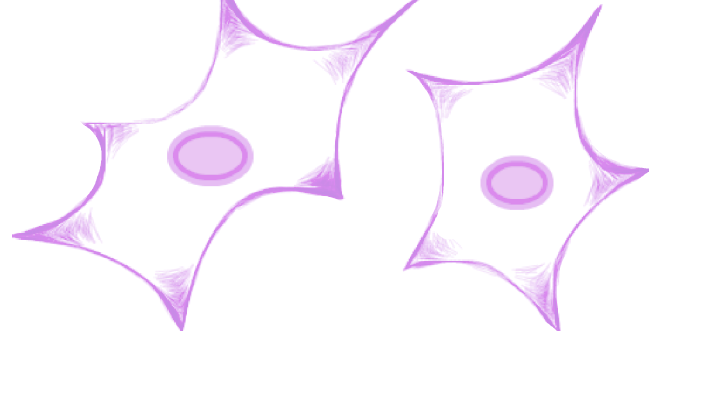| Process: |
GO:6915; apoptotic process
GO:2376; immune system process
GO:45087; innate immune response
GO:43065; positive regulation of apoptotic process
GO:42127; regulation of cell population proliferation
GO:6958; complement activation, classical pathway
GO:50821; protein stabilization
GO:42981; regulation of apoptotic process
GO:9615; response to virus
GO:51092; positive regulation of NF-kappaB transcription factor activity
GO:10628; positive regulation of gene expression
GO:48260; positive regulation of receptor-mediated endocytosis
GO:6629; lipid metabolic process
GO:61077; chaperone-mediated protein folding
GO:1902230; negative regulation of intrinsic apoptotic signaling pathway in response to DNA damage
GO:1901216; positive regulation of neuron death
GO:32436; positive regulation of proteasomal ubiquitin-dependent protein catabolic process
GO:2000060; positive regulation of ubiquitin-dependent protein catabolic process
GO:43691; reverse cholesterol transport
GO:6956; complement activation
GO:51788; response to misfolded protein
GO:1905907; negative regulation of amyloid fibril formation
GO:31333; negative regulation of protein-containing complex assembly
GO:17038; protein import
GO:1900221; regulation of amyloid-beta clearance
GO:1902430; negative regulation of amyloid-beta formation
GO:1905908; positive regulation of amyloid fibril formation
GO:31334; positive regulation of protein-containing complex assembly
GO:1836; release of cytochrome c from mitochondria
GO:902; cell morphogenesis
GO:1774; microglial cell activation
GO:2434; immune complex clearance
GO:32286; central nervous system myelin maintenance
GO:32760; positive regulation of tumor necrosis factor production
GO:45429; positive regulation of nitric oxide biosynthetic process
GO:51131; chaperone-mediated protein complex assembly
GO:60548; negative regulation of cell death
GO:61518; microglial cell proliferation
GO:61740; protein targeting to lysosome involved in chaperone-mediated autophagy
GO:90201; negative regulation of release of cytochrome c from mitochondria
GO:1901214; regulation of neuron death
GO:1902004; positive regulation of amyloid-beta formation
GO:1902847; regulation of neuronal signal transduction
GO:1902949; positive regulation of tau-protein kinase activity
GO:1902998; positive regulation of neurofibrillary tangle assembly
GO:1903573; negative regulation of response to endoplasmic reticulum stress
GO:1905892; negative regulation of cellular response to thapsigargin
GO:1905895; negative regulation of cellular response to tunicamycin
|
